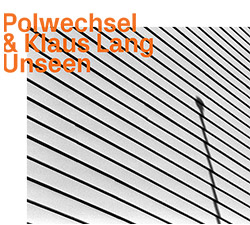
The innovative acoustic free improvising ensemble Polwechsel, bridging contemporary music and free improvisation in ways that sound deceptively electroacoustic and comprised of Michael Moser on cello, Werner Dafeldecker on double bass, and Martin Brandlmayr & Burkhard Beins on cymbals & percussion, are joined by Klaus Lang performing on the church organ of St. Lambrecht's Abbey.
In Stock
Quantity in Basket: None
Log In to use our Wish List
Shipping Weight: 3.00 units
EU & UK Customers:
Discogs.com can handle your VAT payments
So please order through Discogs
Sample The Album:
Klaus Lang-church organ
Michael Moser-cello
Werner Dafeldecker-double bass
Burkhard Beins-cymbals, percussion
Martin Brandlmayr-cymbals, percussion
Click an artist name above to see in-stock items for that artist.
UPC: 752156101628
Label: ezz-thetics by Hat Hut Records Ltd
Catalog ID: ezz-thetics 1016
Squidco Product Code: 28762
Format: CD
Condition: Sale (New)
Released: 2020
Country: Switzerland
Packaging: Cardboard Gatefold
Recorded at Stiftskirche, in St. Lambsbrecht, Austria, on November 21st, 22nd, 23rd and 24th, 2018, by Wolfgang Musil.
"Michael Moser, Werner Dafeldecker, Burkhard Beins and Martin Brandlmayr are joined on Unseen by the composer and performer Klaus Lang. There are, arguably, two other guests on the CD: the pipe organ located in the Grosskirche of St. Lambrecht's Abbey, and the resonant space of the church itself. Both the organ and the acoustic contribute greatly to this project of the sonical on ly on ambiguous acousmatic, and throughout the recording these guest elements succeed in blending and filtering the other instruments on often to the point of disguising their identity. Certain characteristics of the organ itself, its vast range of both frequency and tone colour, further link it to the acousmatic: it is a very analogue synthesizer capable of producing a world of sound that broadens and enhances our blind listening experience.
Lang's "Easter Wings" is an illusory work, a combination of instruments and acoustic space joining forces to create a shimmering environment of noise, clusters and natural harmonics. The sources of the sounds are opaque - the organ resonating in the space modifies everything, masking portions of the strings' spectra and for the most part rendering them unrecognisable. The texture of the outer sections of the work conjures up a mechanical forest, inhabited by cuckoo clocks, tiny bells, toy on sized steam train whistles and swarms of metallic insects. Low organ tones periodically ground us, focussing our attention back on the reality of what we are listening to, and underlining the stratified organisation of the sound: pedal tones in the bass, the strings in the middle, a slowly shifting organ cluster above that, and then the high glittering noise of rolled metal percussion. A contrasting middle section is slightly less enigmatic in nature - a tender counterpoint between string harmonics, a slowly descending organ line and bowed cymbals. It is a fragile mixture of the pure and inharmonic, broken by interjections from the claves and the low register of the organ that eventually lead us back into the mechanical forest.
Michael Moser's "No sai cora on m fui endormitz" ("I don't know when I'm asleep" from a poem by the troubadour Guilhem de Poiteu), on the musical surface of the work at least, is a very different proposition. But here as well, the presence of the organ, and the acoustic situation of the church conspire with the other instruments to produce a sound that is more than the sum of its parts. The piece begins with rapid semi on quaver figures, the organ and strings playing in rhythmic unison, fusing to produce a hybrid instrument from which only the occasional high on register string note emerges. Like a low transposition of my transistor on radio on bird music, this material has the quality of a strange rock on song. The figures mutate, rearranging their constituent parts into various combinations and gradually growing tails on sustained chords that gets longer and longer as the section progresses. The tension of the first section, gives way to a slower sustained part, where the instruments un on fuse themselves into layers of overlapping sonorities. The percussion joins in, and continues into the last part of the work - a revisiting of the material of the first, this time sparser and re on contextualised by the presence of cymbals gently filling in the longer gaps between semi on quaver figures.
Werner Dafeldecker's "Redeem" reaches into the image on making part of one's imagination - I can see its bold shifts of register and material clearly sketching themselves out in my listening mind as the piece progresses. It starts with a low texture of organ and double bass: a mixture of saturated sound coloured with air, the grain of the string instrument cutting through. There are mysterious noisy interjections from time to time, but I couldn't really tell you if they are produced by a snare drum, vacuum cleaner or the organ itself. This material eventually focuses itself into a rising sequence of falling figures - a desperate kind of musical stasis, the two directions effectively cancelling each other out. Halfway through the piece, the surprising re on entry of the organ with a bright minor chord serves as a formal pivot and we know that everything has changed in this musical landscape, and that there will be no return to the gritty sounds of the first part. The reiterated chords are joined now by bowed metal instruments - colouring the organ sonority slightly differently with each of these reiterations. The final part of the work is marked by a sustained pan on diatonic chord in the organ, again accompanied by percussion and morphing, through some kind of organ on ingenuity on the part of Lang, into noise. I hear all sorts of things in this changing sound, from church bells and steam train whistles (again) to radio static. Who needs electronics, when the sounds of the world are already there, waiting to be grabbed by an attentive listener, freed from the concrete realities of instrumentation by the acousmatic context? Redeem gradually settles into layers of noise, joined by string glissandi. Each of these layers of sound is then peeled back to reveal the strings playing alone for a short moment at the end, now unmis on takeably string on like for the first time on the CD.
On Unseen Polwechsel and Klaus Lang play with the old to dis on cover the new. The oldness is represented by the acoustic space of a centuries old church with its built on in synthesiser, and instruments that we consider, as a matter of course, to be 'classical'. The new, on the other hand, is found in the sounding results: strange hybrids, illusory associations, and instruments that are rendered unfamiliar by the smoke and mirrors of 'acoustic' mix on ing, masking and reverberation. Of course, if we were able to see this music happening, if we were there with Polwechsel at St. Lambrecht's Abbey and could link the sounds we hear to their sources more easily, the experience would probably be a little different - less opaque and more concrete, perhaps. Unseen is a CD, however, and one that reminds us, through its exploration of the medium's potential for sonic ambiguity, of what it means to engage with a recording. I like going to concerts, I enjoy witnessing the relationship between cause and effect that occurs when we are able to see what we hear as well. Best of all though (and perhaps this is just a very personal preference), is the experience of listening blind - where a boundless range of ways of hearing is unlocked and given to the listener to interpret as they desire."-Joanna Bailie, June 2019

The Squid's Ear!
Artist Biographies
• Show Bio for Klaus Lang "Klaus Lang (*1971 Graz / Austria) lives in Steirisch Lassnitz (Austria). He studied composition and theory of music (with H.M. Preßl, B. Furrer and Y. Pagh-Paan) and organ. Klaus Lang loves tea and dislikes lawnmowers and Richard Wagner. Klaus Lang's music is not a means to convey extramusical contents, such as emotions, philosophical or religious ideas, political propaganda, advertisement etc... His music is no language used to communicate non-musical content. Music is seen as a free and selfstanding acoustical object. In his work he is not using sound, sound is explored and given the opportunity to unfold its inherent rich beauties. Only when sound is just sound it is percievable as that what it really is: a temporal phenomenon - audible time. Klaus Lang sees time as the genuine material of a composer and at the same time also the fundamental content of music. In his view musical material is time perceived through sound, the object of music is the experience of time through listening. Music is time made audible." ^ Hide Bio for Klaus Lang • Show Bio for Michael Moser "Michael Moser, born 1959 in Graz, Austria, studied cello in Graz and Vienna. He is intensively engaged with different forms of contemporary music: improvisation, performances, music for theatre and film, experiments with live-electronics. Numerous pieces for cello solo have been composed at his suggestion. He has collaborated with distinguished artists such as Peter Ablinger, Bernhard Lang, Isabel Mundry, Helmut Lachenmann, Alvin Lucier, Klaus Lang, Otomo Yoshihide, Pauline Olivieros,Elliott Sharp, Nick Collins, Michael Maierhof, Phill Niblock, Tony Oxley, Zeitkratzer, Polwechsel, Klangforum Wien. Michael Moser played at numerous festivals for contemporary and improvised music. In 2008, he is a guest of the Berlin artists' programme DAAD." ^ Hide Bio for Michael Moser • Show Bio for Werner Dafeldecker "Werner Dafeldecker was born in Vienna in 1964 and studied the double bass which he plays with passion. As a musician, composer and sound artist he takes advantage of the manifold possibilities offered by electro-acoustics. His musical projects are often inspired and deduced by outside influences such as architecture, science, photography and film - partially resulting in the creation of graphical scores for various ensembles and instrumental performers. Werner also focuses on site specific projects, field recording and opposing natural and environmental sounds with synthetic variants. He has built up an extensive sound archive and created several electroacoustic pieces for radio and film. Around ninety sound-recordings are documenting his artistic framework. He held lectures and workshops presenting his work i.a. at University Bellas Artes-Madrid, Hochschule für Gestaltung-Karlsruhe, RMIT University-Melbourne and Edith Cowan University-Perth. Commissions / Exhibitions / Performances: Kammermusiktage Witten; Contemporary Arts Museum, Houston; Berliner Festspiele Maerz Musik Festival; Sound field Festival, Chicago; Festival Wien Modern; Festival Hörgänge, Wien; Centre Pompidou, Paris; Steirischer Herbst, Graz; What is Music Festival, Australia; International Music Festival, Vancouver; LMC Festival, London; Dundee Media Festival; Ultraschall Festival, Berlin; SWR; ORF; Salzburger Festspiele; Liquid Architecture Festival, Australia; Darmstädter Ferienkurse; Serralves Festival, Porto, ZKM, Karlsruhe; Museum of Contemprary Art, Zagreb; Museo Reina Sofia, Madrid; Gronland Kammermusikk Festival, Oslo; Festival Mikromusik, Berlin; Borealis Festival, Oslo; Akademie der Künste, Berlin; Klangspuren Schwaz, Tirol; Transmediale Festival, Berlin" ^ Hide Bio for Werner Dafeldecker • Show Bio for Burkhard Beins "Burkhard Beins, born 1964 in Lower Saxony, lives in Berlin since 1995. As a composer/performer working in the fields of experimental music and sound art he is known for his definitive use of percussion in combination with selected sound objects. Furthermore, he works with live-electronics/analog synthesizers and has conceived several sound installations. Since the late 1980's he is performing at internationally renowned venues and festivals throughout Europe, America, Australia and Asia as diverse as the LMC Festival (London), Int. Ferienkurse (Darmstadt), SKIF (St. Petersburg), Musiktage (Donaueschingen), Musique Action (Nancy), Choppa Festival (Singapore), Cave 12 (Geneva), The Now now (Sydney), ZKM (Karlsruhe), Kaleidophon (Ulrichsberg), Kid Ailack Music Hall (Tokyo), Gaudeamus Festival (Amsterdam), Liquid Architecture (Australia), Meteo (Mulhouse), Taktlos (CH), Berghain (Berlin), Konfrontationen (Nickelsdorf), Serralves (Porto), Wien Modern (Vienna), MoMA (New York), New Music Festival (Hanoi), Irtijal (Beirut), or Maerzmusik (Berlin). Alongside his solo work he is a member of the ensembles Polwechsel, Activity Center, The Sealed Knot, Perlonex, Sawt Out, Trio Sowari, Tree, Junk Orbit, Fracture Mechanics, and Splitter Orchester and also works with composers/musicans such as Sven-Åke Johansson, Andrea Neumann, Keith Rowe, Axel Dörner, Tarek Atoui, John Tilbury, or Charlemagne Palestine. Burkhard Beins gives workshops based on his graphic score system Adapt/Oppose, has published several articles on music theory, and is a co-editor of the book "Echtzeitmusik Berlin - Self-Defining a Scene" as well as the curator of a follow-up 3CD compilation featuring the Berlin Echtzeitmusik scene. Meanwhile he has released more than 50 CDs and LPs on labels like Zarek, Erstwhile, 2:13 Music, Hat Hut, Potlatch, Absinth, alt.vinyl, God Records, Mikroton, or Confront." ^ Hide Bio for Burkhard Beins • Show Bio for Martin Brandlmayr "Martin Brandlmayr is an Austrian percussionist, drummer, composer and electronic artist. He is widely recognized for his work in a variety of so-called "post-rock" bands, namely Radian, Trapist, and Autistic Daughters, among others. Critic Brian Olewnick has called Brandlmayr's work "extraordinarily precise". Among others, Brandlmayr has recorded or performed with John Tilbury, Fennesz, Chad Taylor, and Otomo Yoshihide. He was artist in residence 2002 at Podewil, Berlin. He now lives in Vienna, Austria and is an active member of Polwechsel." ^ Hide Bio for Martin Brandlmayr
6/18/2025
Have a better biography or biography source? Please Contact Us so that we can update this biography.
6/18/2025
Have a better biography or biography source? Please Contact Us so that we can update this biography.
6/18/2025
Have a better biography or biography source? Please Contact Us so that we can update this biography.
6/18/2025
Have a better biography or biography source? Please Contact Us so that we can update this biography.
6/18/2025
Have a better biography or biography source? Please Contact Us so that we can update this biography.
Track Listing:
1. Easter Wings 25:16
2. No sai cora-m fui endortmitz 16:40
3. Redeem 25:09
Hat Art
Improvised Music
Jazz
Free Improvisation
European Improvisation, Composition and Experimental Forms
Saxophone & Drummer / Percussionist Duos
Duo Recordings
Hat Hut Masters Sale
Search for other titles on the label:
ezz-thetics by Hat Hut Records Ltd.

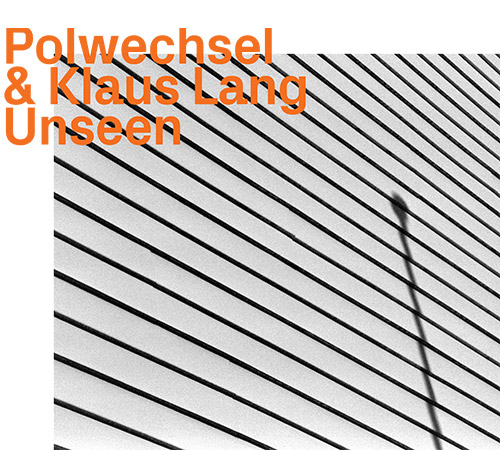
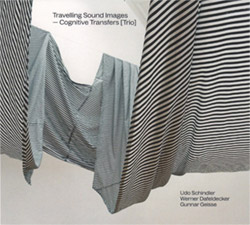
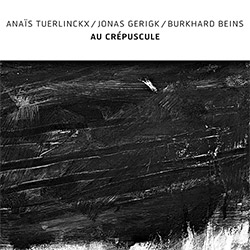
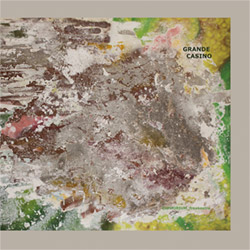
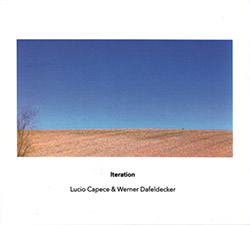
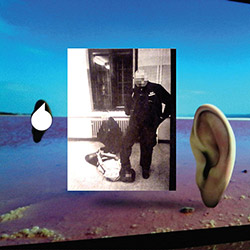
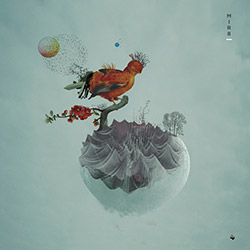
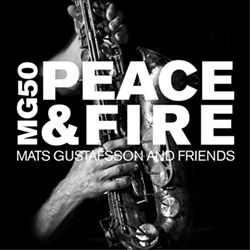
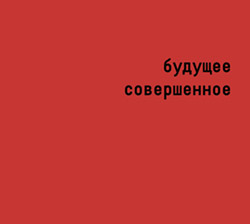
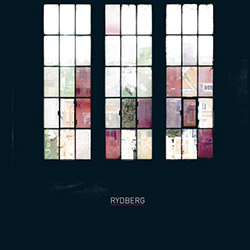
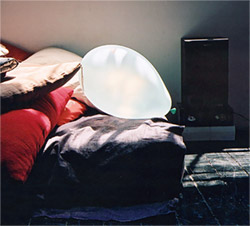
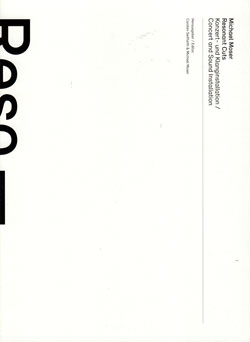
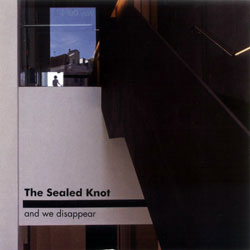
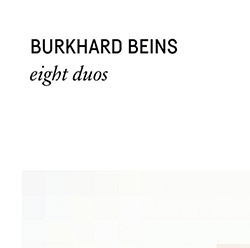
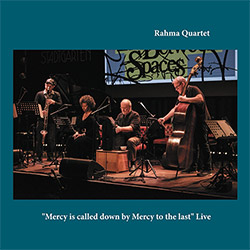
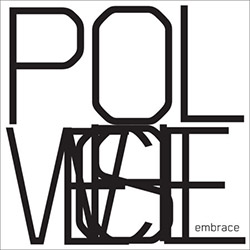
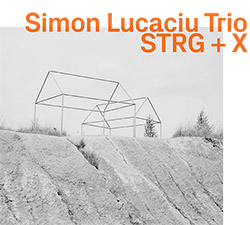
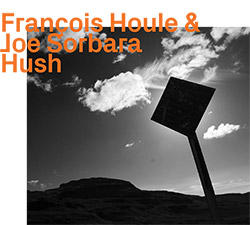
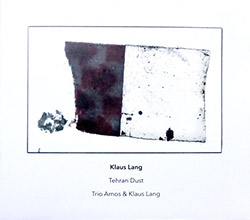
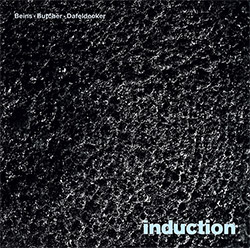
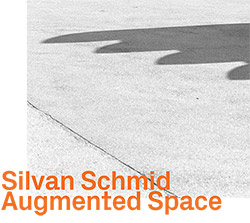
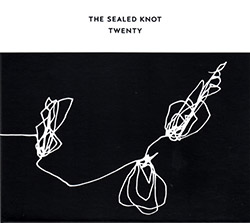
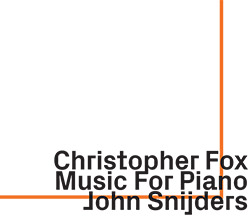
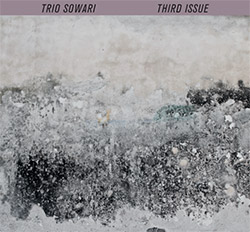
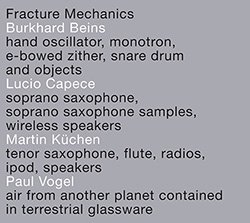
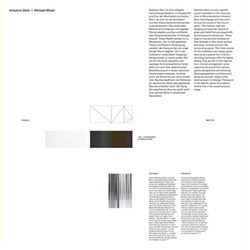

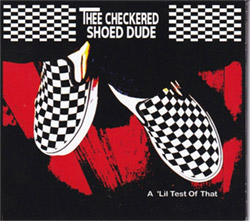
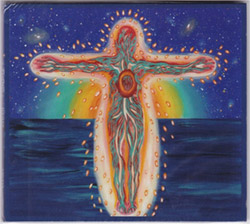
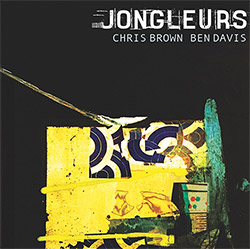
![BlueRing Improvisers: Materia [2 CDs]](https://www.teuthida.com/productImages/misc4/36513.jpg)
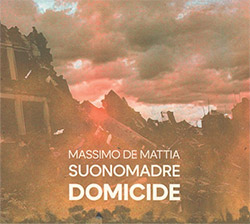
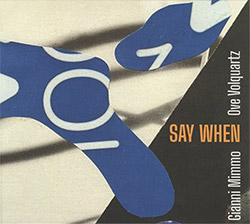
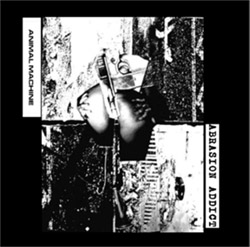

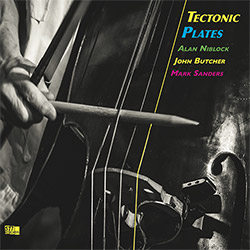
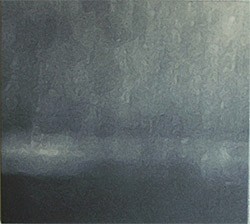

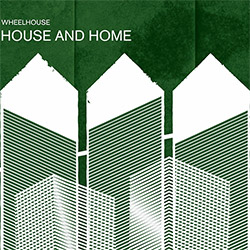
![Wheelhouse (Rempis / Adasiewicz / McBride): House And Home [VINYL]](https://www.teuthida.com/productImages/misc4/36462.jpg)
![+DOG+: The Light Of Our Lives [2 CDs]](https://www.teuthida.com/productImages/misc4/36009.jpg)

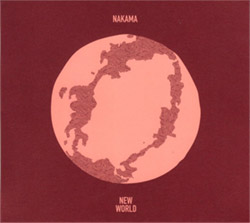
![Parker, Evan / Jean-Marc Foussat: Insolence [VINYL]](https://www.teuthida.com/productImages/misc4/36398.jpg)
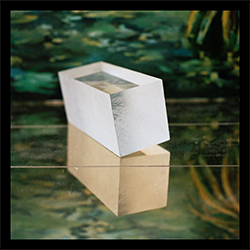
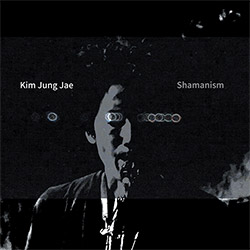
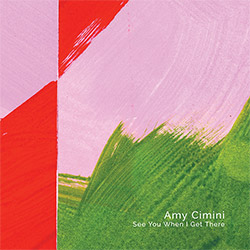
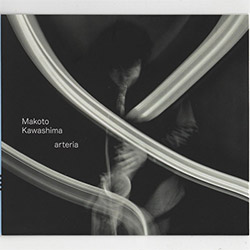
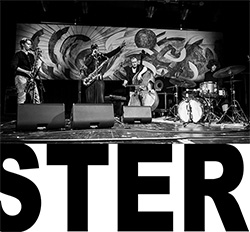
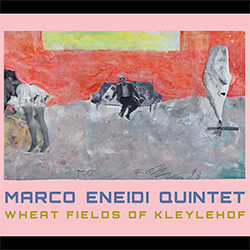
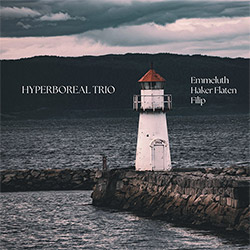
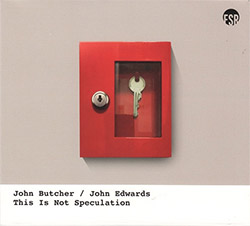
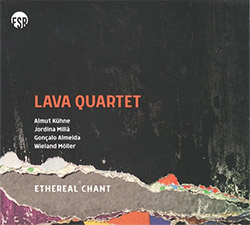
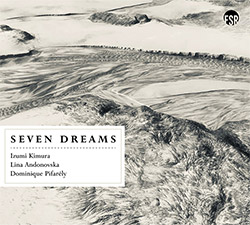
![Deupree, Jerome / Sylvie Courvoisier / Lester St. Louis / Joe Morris: Canyon [2 CDs]](https://www.teuthida.com/productImages/misc4/36404.jpg)

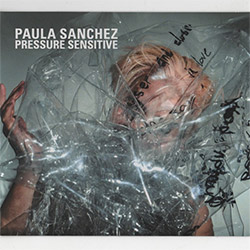

![Eventless Plot | Haarvol: The Subliminal Paths [CASSETTE + DOWNLOAD]](https://www.teuthida.com/productImages/misc4/36232.jpg)

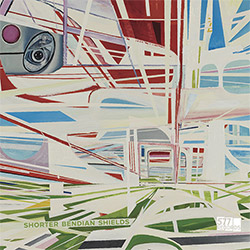
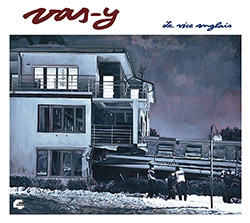
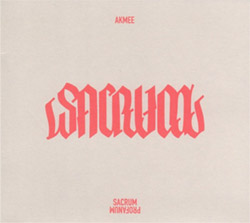

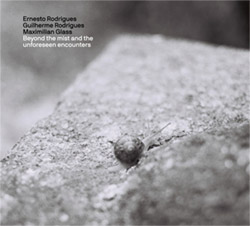
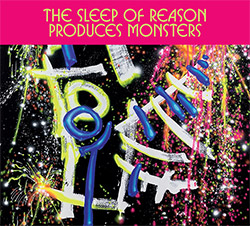
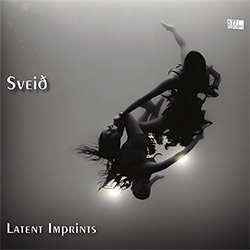
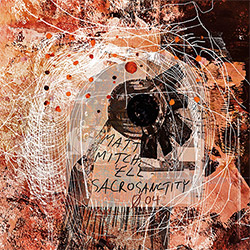
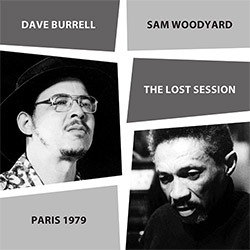
![Eventless Plot | Francesco Covarino: Methexis [CASSETTE + DOWNLOAD]](https://www.teuthida.com/productImages/misc4/36231.jpg)
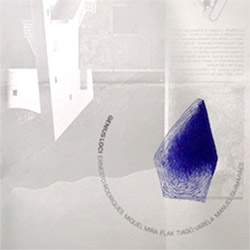
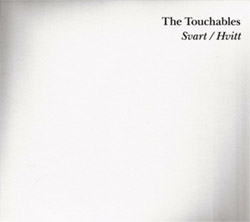
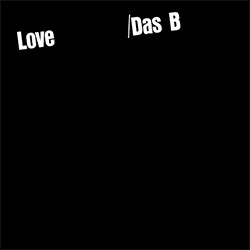
![Das B (Mazen Kerbaj / Mike Majkowski / Magda Mayas / Tony Buck): Love [VINYL]](https://www.teuthida.com/productImages/misc4/36329.jpg)
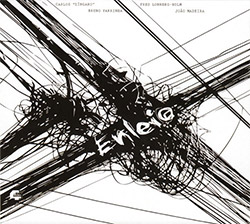

![Eternities: Rides Again [CASSETTE]](https://www.teuthida.com/productImages/misc4/36247.jpg)
![Lopez, Francisco: Untitled (2021-2022) [2 CDs]](https://www.teuthida.com/productImages/misc4/36438.jpg)


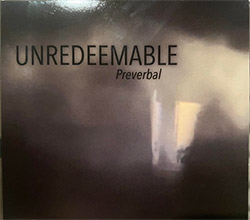
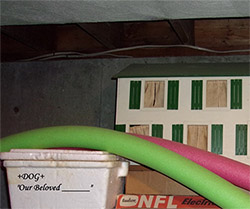
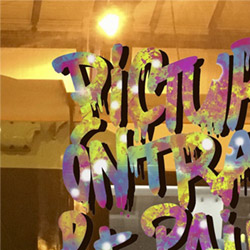
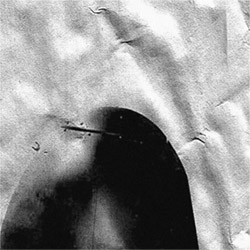
![Money : Money 2 [2 CDs]](https://www.teuthida.com/productImages/misc4/35894.jpg)
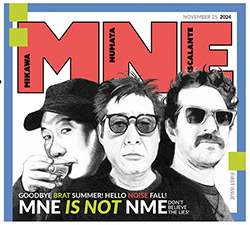

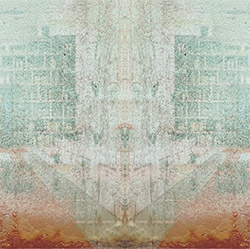
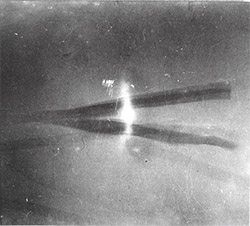
![Klinga, Erik: Elusive Shimmer [VINYL]](https://www.teuthida.com/productImages/misc4/36258.jpg)
![CHANGES TO blind (Phil Zampino): Volume 9 - I Wave on a Fine Vile Mist [CD + DOWNLOAD]](https://www.teuthida.com/productImages/misc4/36061.jpg)

![Wallmart / Rubbish: Asset Protection [split CD]](https://www.teuthida.com/productImages/misc4/35900.jpg)
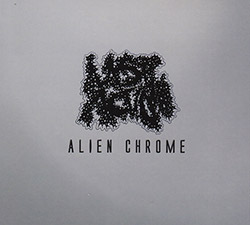
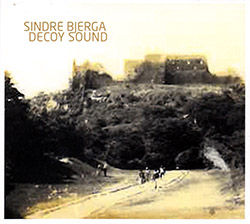
![+Dog+: The Family Music Book Vol. 5 [2 CDs]](https://www.teuthida.com/productImages/misc4/35897.jpg)
![Kuvveti, Deli : Kuslar Soyledi [CASSETTE w/ DOWNLOAD]](https://www.teuthida.com/productImages/misc4/36107.jpg)

![Brown, Dan / Dan Reynolds: Live At The Grange Hall [unauthorized][CASSETTE]](https://www.teuthida.com/productImages/misc4/36245.jpg)


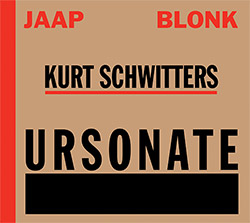
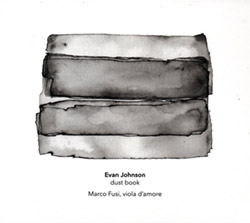
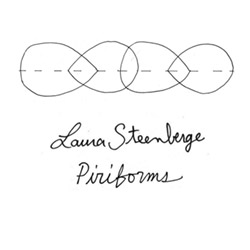
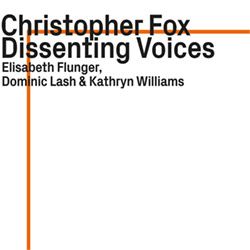

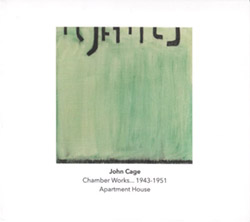
![Palestine, Charlemagne / Seppe Gebruers: Beyondddddd The Notessssss [VINYL]](https://www.teuthida.com/productImages/misc4/36206.jpg)
![Palestine, Charlemagne / Seppe Gebruers: Beyondddddd The Notessssss [NEON GREEN VINYL]](https://www.teuthida.com/productImages/misc4/36207.jpg)
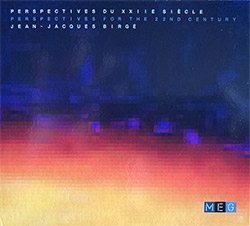
![Laubrock, Ingrid: Purposing The Air [2 CDs]](https://www.teuthida.com/productImages/misc4/35639.jpg)
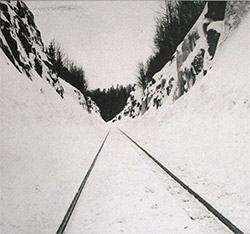
![Yoko, Ono / The Great Learning Orchestra: Selected Recordings From Grapefruit [2 CDs]](https://www.teuthida.com/productImages/misc4/35841.jpg)

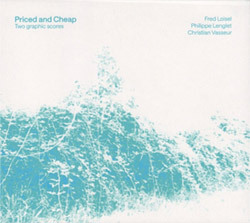
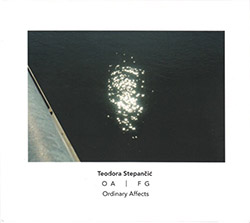
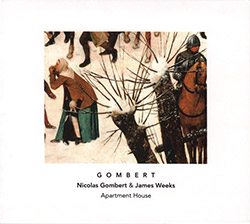

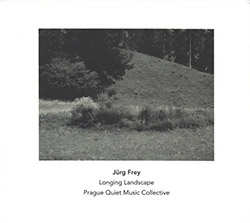
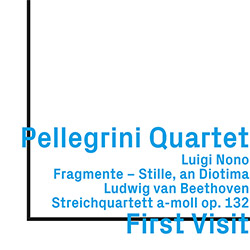

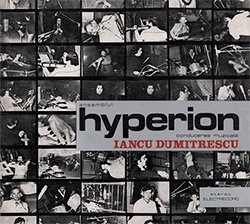
![Zorn, John / JACK Quartet: The Complete String Quartets [2 CDs]](https://www.teuthida.com/productImages/misc4/35609.jpg)
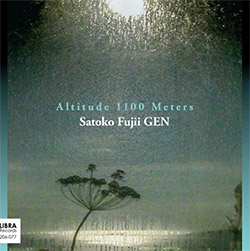
![Lonsdale, Eden: Dawnings [2 CDs]](https://www.teuthida.com/productImages/misc4/35480.jpg)
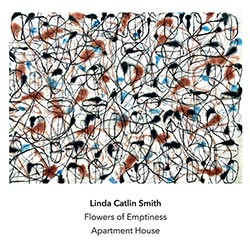
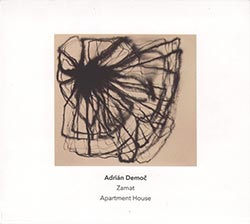

![Sorry For Laughing (G. Whitlow / M. Bates / Dave-Id / E. Ka-Spel): Rain Flowers [2 CDS]](https://www.teuthida.com/productImages/misc4/35985.jpg)

![Rolando, Tommaso / Andy Moor : Biscotti [CASSETTE w/ DOWNLOADS]](https://www.teuthida.com/productImages/misc4/36106.jpg)


![Electric Bird Noise / Derek Roddy: 8-10-22 [CD EP]](https://www.teuthida.com/productImages/misc4/35970.jpg)








![Elephant9 : Mythical River [VINYL]](https://www.teuthida.com/productImages/misc4/34624.jpg)



![Elephant9 with Terje Rypdal: Catching Fire [VINYL 2 LPs]](https://www.teuthida.com/productImages/misc4/35355.jpg)
![Deerlady (Obomsawin, Mali / Magdalena Abrego): Greatest Hits [VINYL]](https://www.teuthida.com/productImages/misc4/34876.jpg)
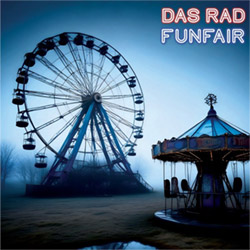
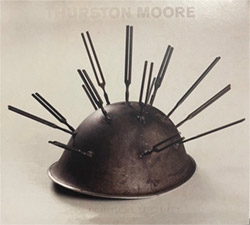
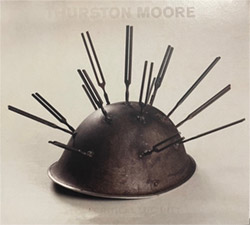
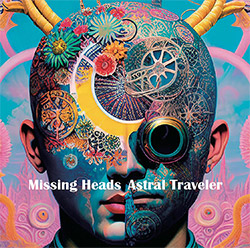
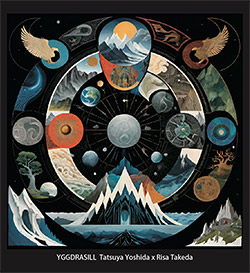
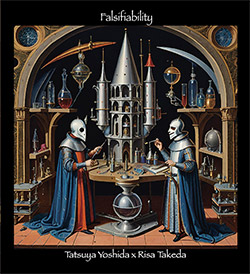
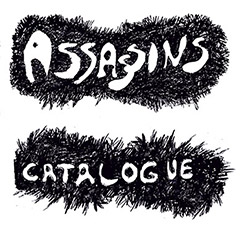
![Surplus 1980: Illusion of Consistency [CD]](https://www.teuthida.com/productImages/misc4/35069.jpg)
![Staiano, Moe: Away Towards the Light [VINYL + DOWNLOAD]](https://www.teuthida.com/productImages/misc4/35037.jpg)
![Coley, Byron: Dating Tips for Touring Bands [VINYL]](https://www.teuthida.com/productImages/misc4/17906.jpg)

![Lost Kisses: My Life is Sad & Funny [DVD]](https://www.teuthida.com/productImages/misc4/lostKissesDVD.jpg)